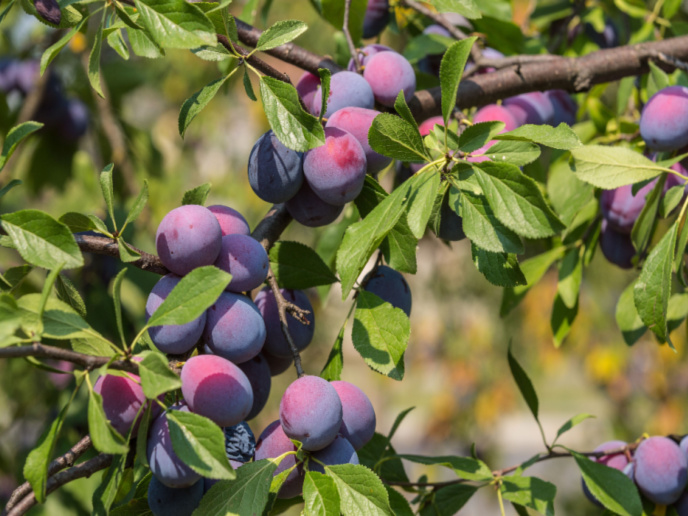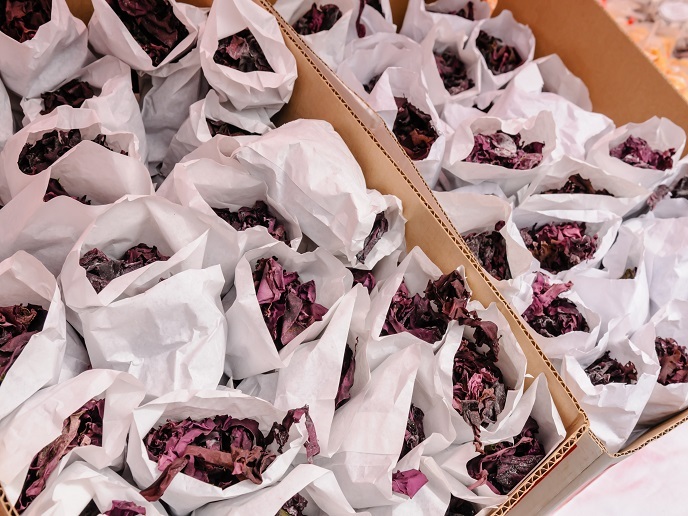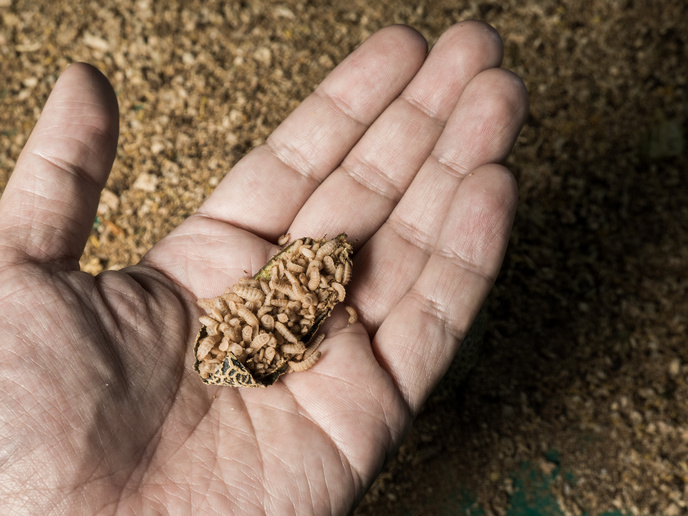Deciphering genetic mechanisms of natural plant resistance to fight plant pests
Root-knot nematodes(opens in new window) (RKNs) are a major threat to the roots of stone fruit trees including favourites such as peach, almond and plum. Infection causes swellings on the roots, draining the tree of nutrients. Τhe EU-funded IMMUNE project has worked on a resistance gene for its control, Ma. The team at the host organisation, the National Research Institute for Agriculture, Food and Environment in France, has isolated the gene from the plum, Prunus cerasifera, where it confers total resistance to numerous RKN species. Key to its importance, the Ma gene is a member of the TNL gene family which has a huge and unique extension of five repeating terminal exons. Each of these five so-called PL domains or their associations might act as original receptors that detect proteins secreted by the nematode.
Shifting gene domains to detect what is indispensable
The team has developed a plum root transformation method that enables the determination of the functional role of a given combination of domains. However, transgenic roots carrying certain combinations could not be obtained. “We underestimated the time required to generate the complete array of module associations and so, detection of what is indispensable,” explains Daniel Esmenjaud, project coordinator. The researchers also focused on how the five repeated PL domains in Ma contribute to resistance to the nematodes in plums. They have found ways in which they may interact amongst themselves and with other TNL domains at the intra- and intermolecular levels to activate plant immunity. “At this point in our research, the results are not complete enough to allow us to advance these applied developments other than through classical breeding techniques based on hybridisation,” specifies Esmenjaud. “Hybridisation enables valorisation of the Ma and the other resistance genes that we have identified in Prunus species for the creation of highly performing plant materials.”
More understanding of the resistance specificity
The team is now taking a break from the IMMUNE project and has begun to work on a complementary research direction. “We aim to develop a comparative approach using association genetics,” explains Esmenjaud. Association mapping studies identical genes across a whole population. In the P. cerasifera plum, the Ma gene sequences control either all RKN species evaluated or none. The team has recently identified, in certain almond genotypes, sequences of Ma orthologous genes that have an incomplete spectrum of resistance and is looking for the maximum number of those Ma orthologous sequences within Prunus species. Comparison of the Ma sequences should reveal the regions involved in resistance to one or more RKN species. As Esmenjaud predicts: “Deciphering the location and specificity of the determinants or motifs underlying the RKN resistance spectrum should open the way to the design of new resistances.” This research was undertaken with the support of the Marie Skłodowska-Curie Actions programme.







